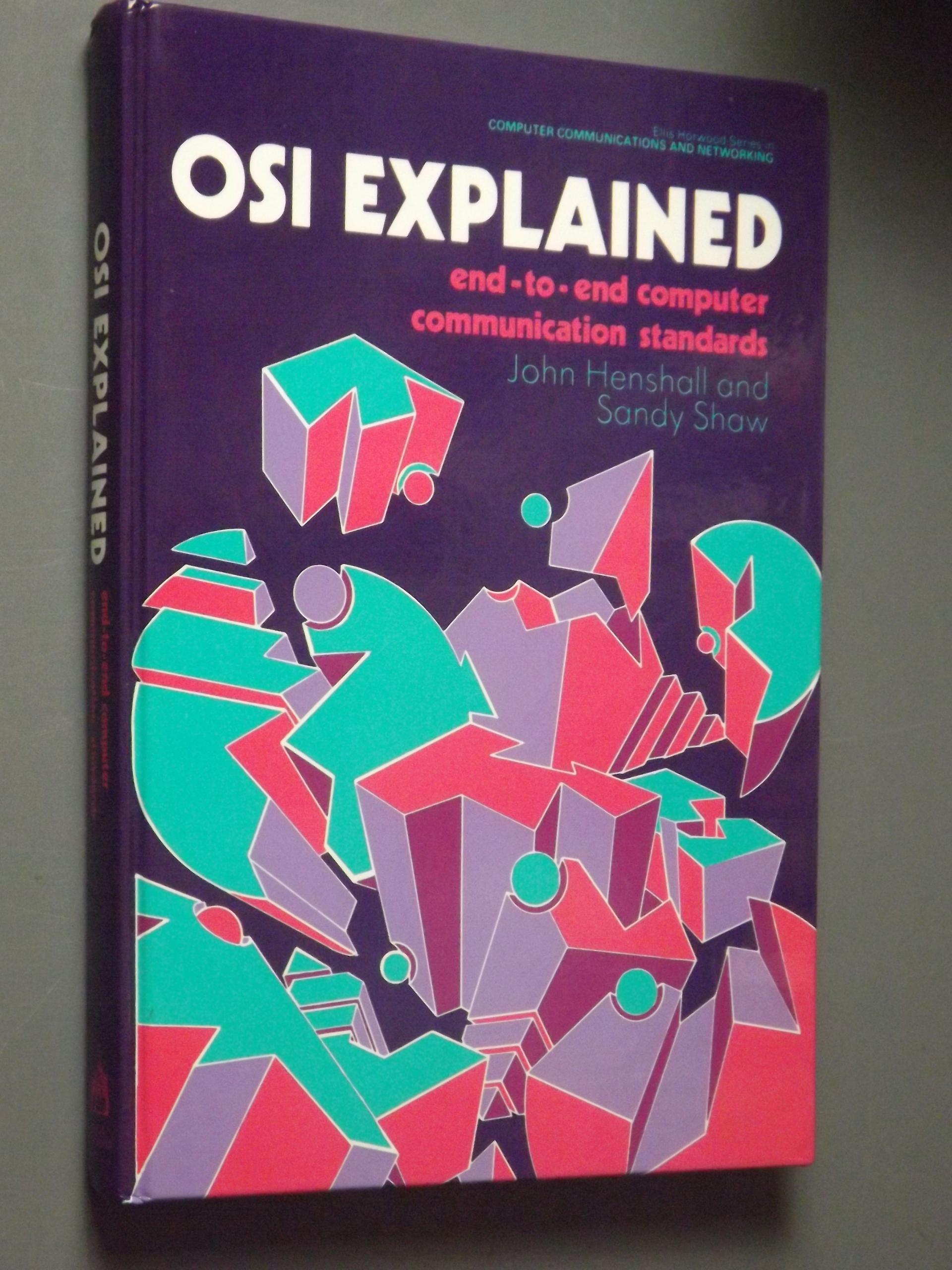Beskrivelse
Open Systems Interconnection (OSI) lies at the centre of global computer networking developments of the 1990s. Its goal is to allow computers to communicate regardless of their location, their operating system, their network topology, or their manufacture. The facilities provided by OSI affect all areas of computing, including industry, commerce, education and home computing. The scope of the facilities is equally broad, such as the exchange of electronic messages with a person in another country, placing an order for equipment or the use of a cash dispenser. This book presents OSI in a form palatable to the computer literate reader, explaining how it actually works. It is not a reference book for OSI, but an explanation of it, defining it precisely in a series of standards published by the International Standards Organization (ISO). These specify the rules and procedures which computer systems must follow to support the OSI user applications such as X400 (electronic mail) and FTAM (file transfer). The standards have been built upon the framework of the ISO Layer Reference Model, for which a full tutorial is presented. In following this model, the book intends to enable the reader to become familiar with the unifying strategy of OSI. Special attention is paid to the standards concerned with the upper four layers of the model which specify how computer systems co-operate to support complex applications over basic data networks. FTAM, X400 (MOTIS) and directory services are discussed in separate chapters, whilst a further chapter contains fully worked examples of OSI operation in a step-by-step diagrammatic form.



